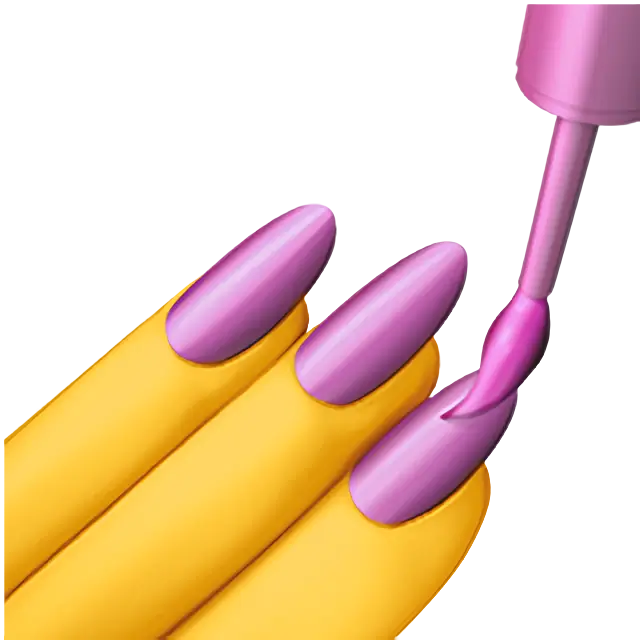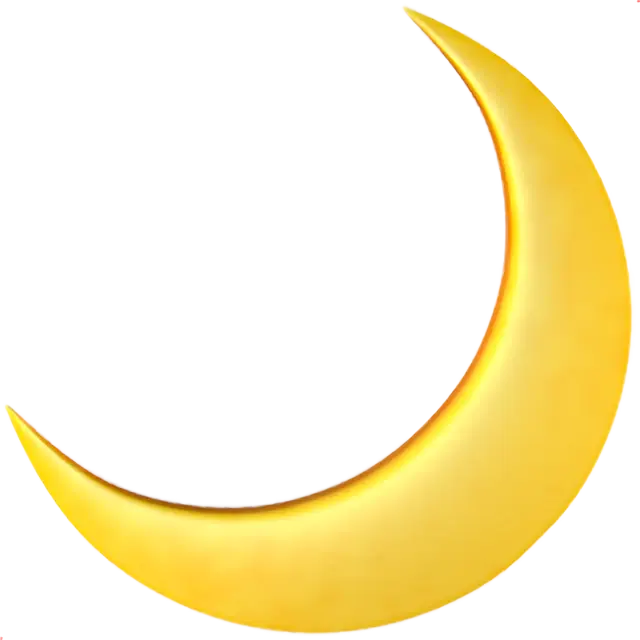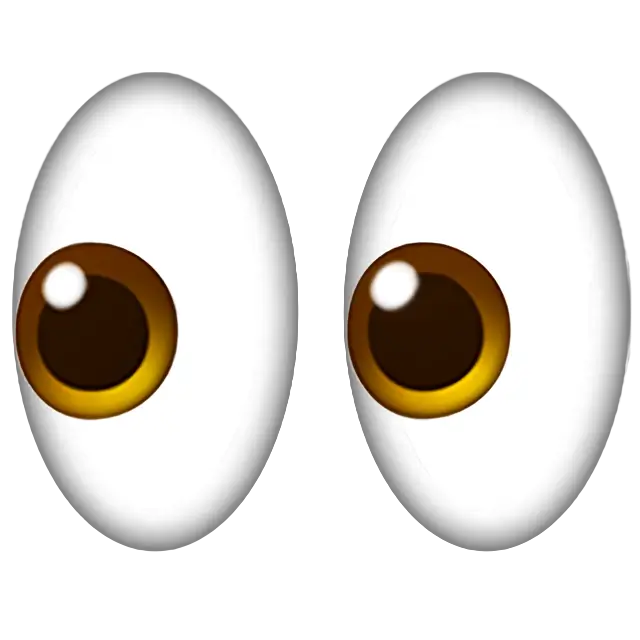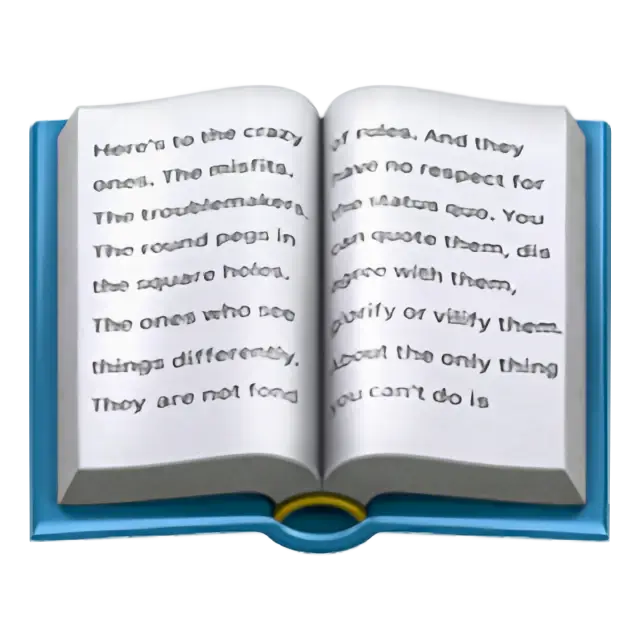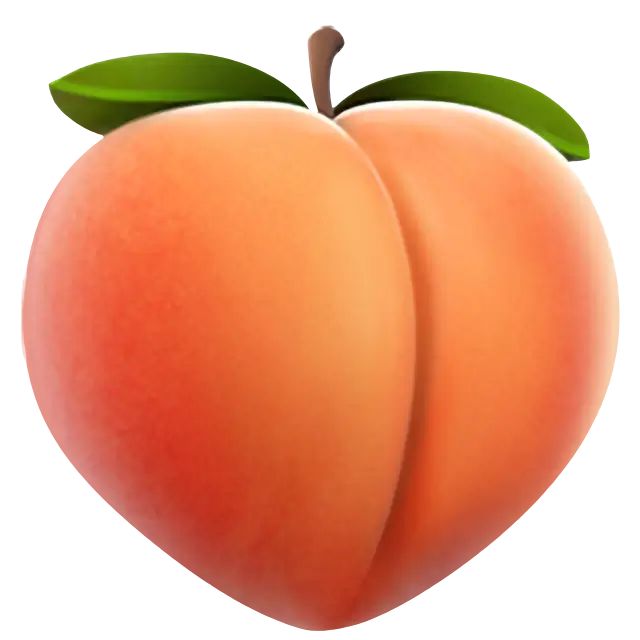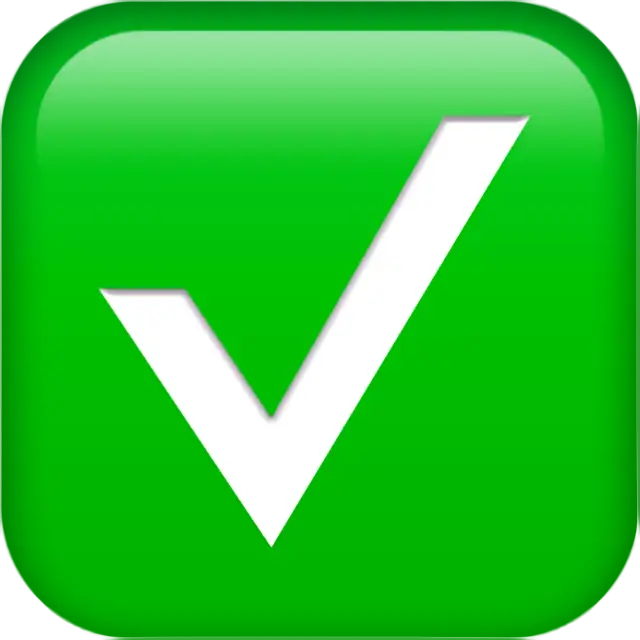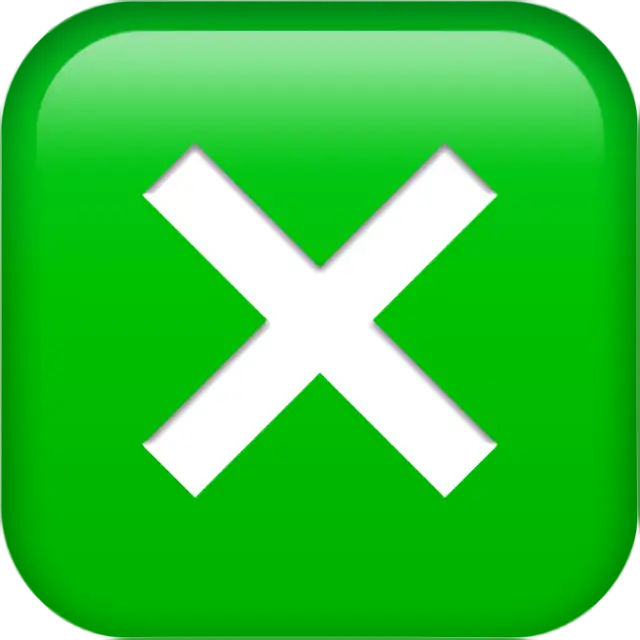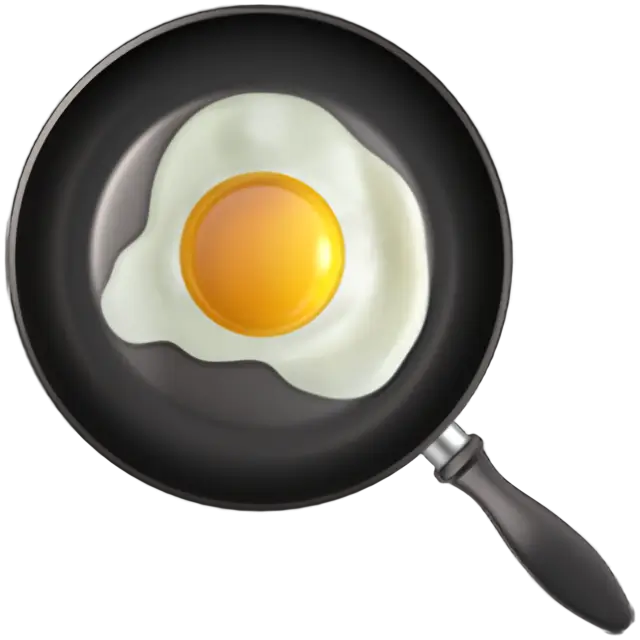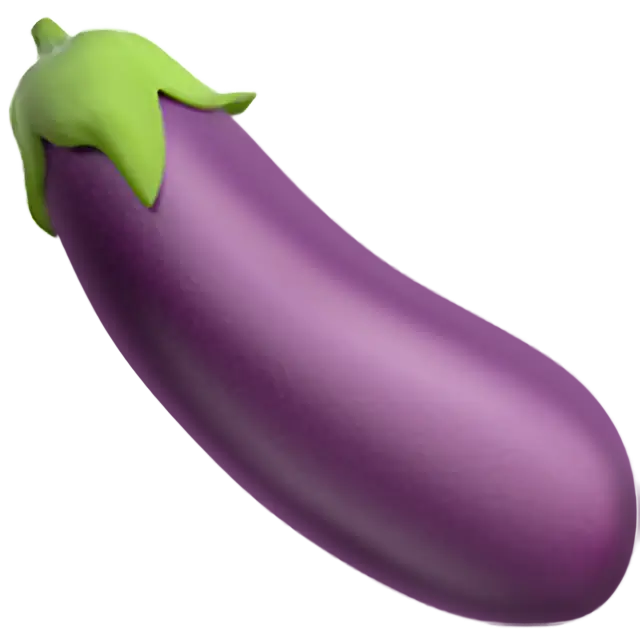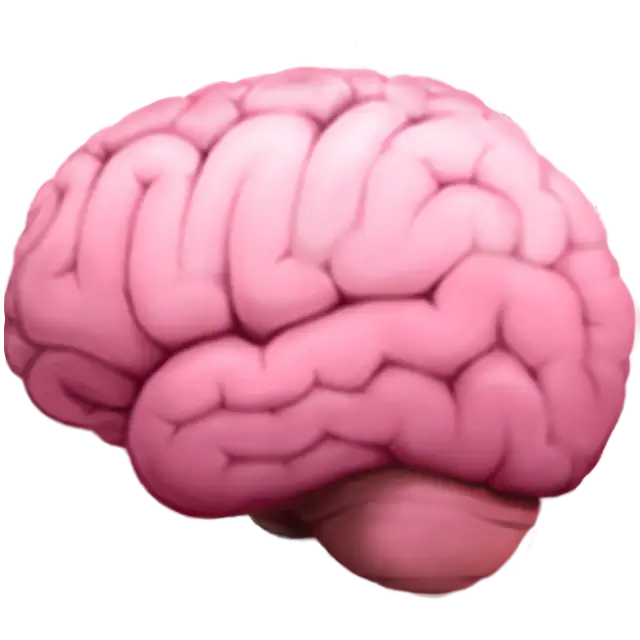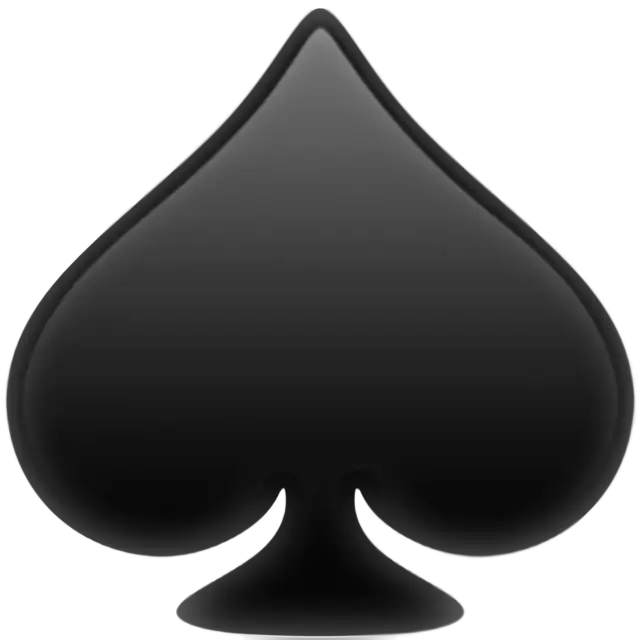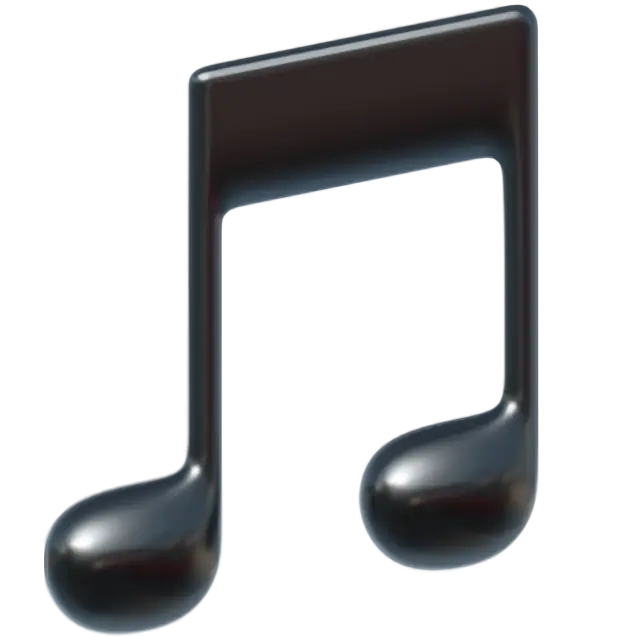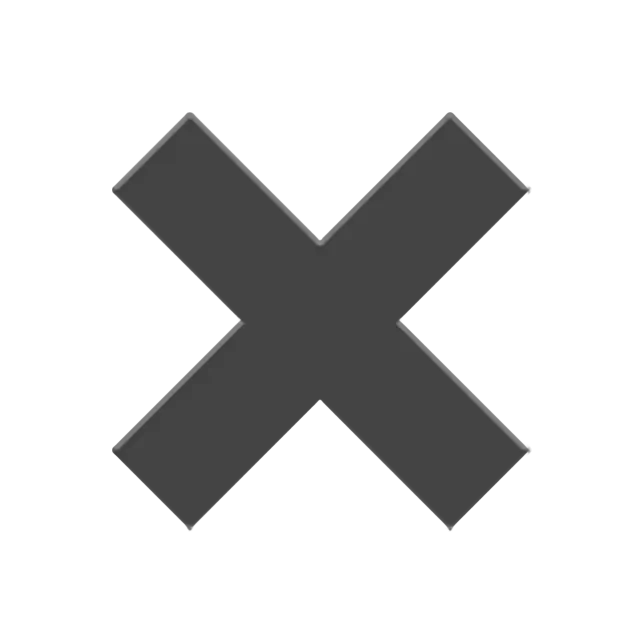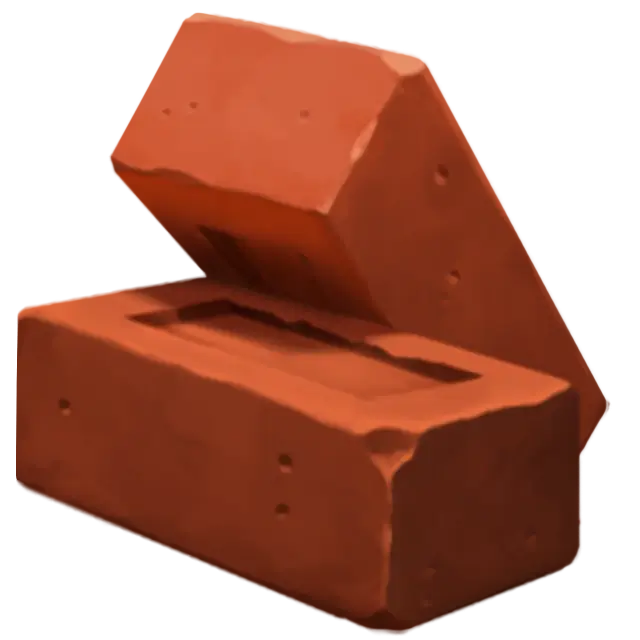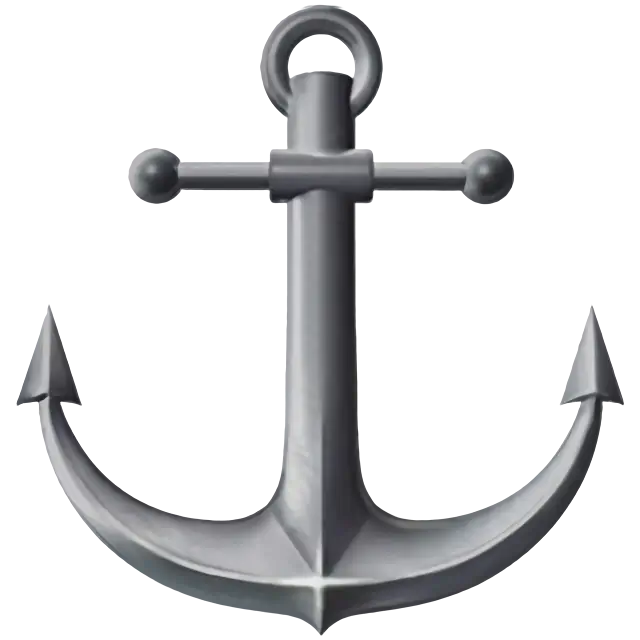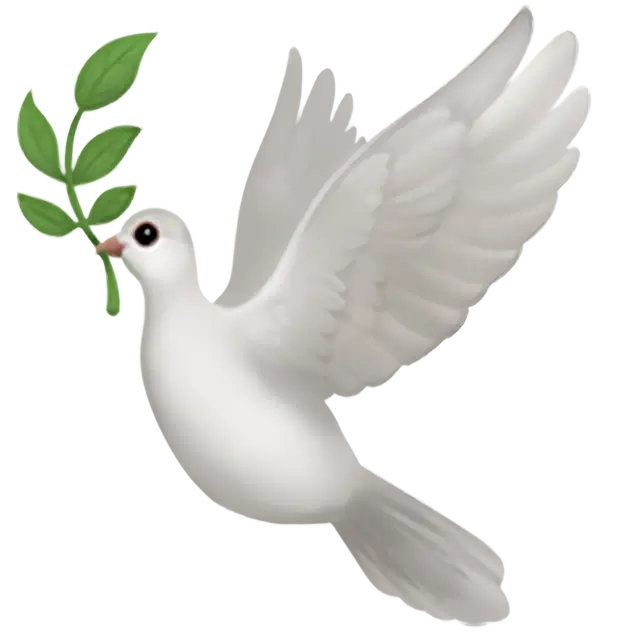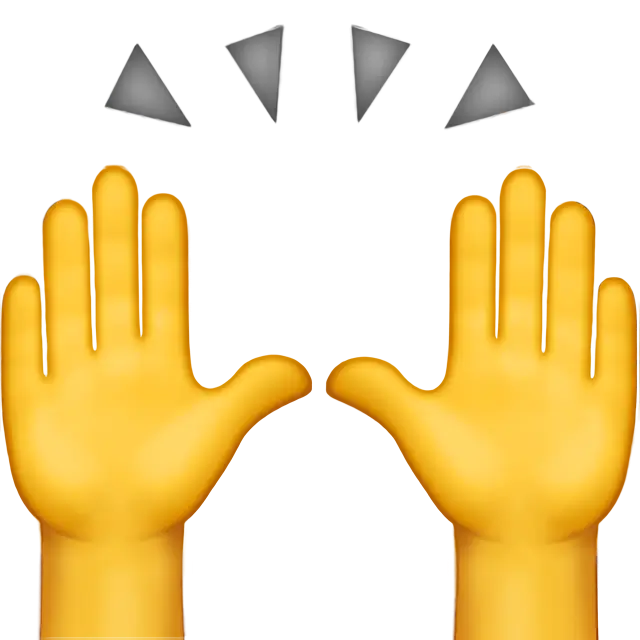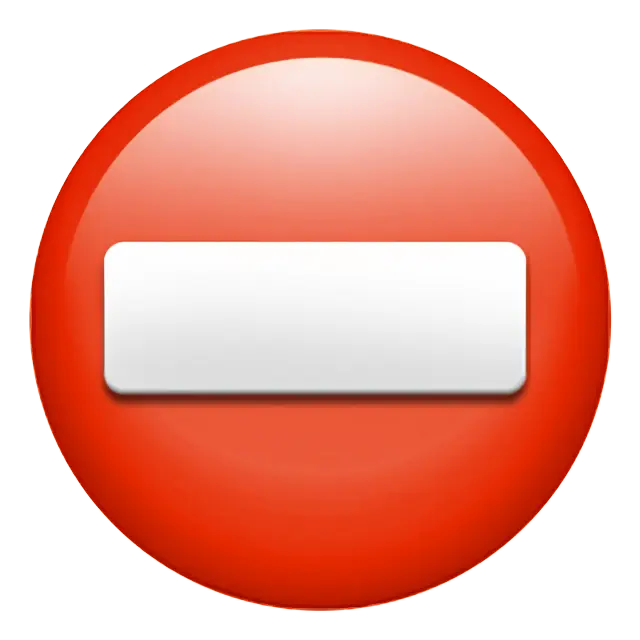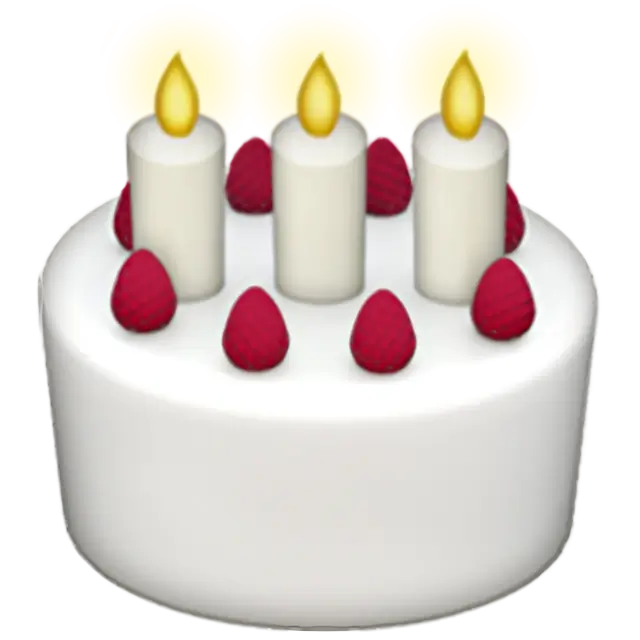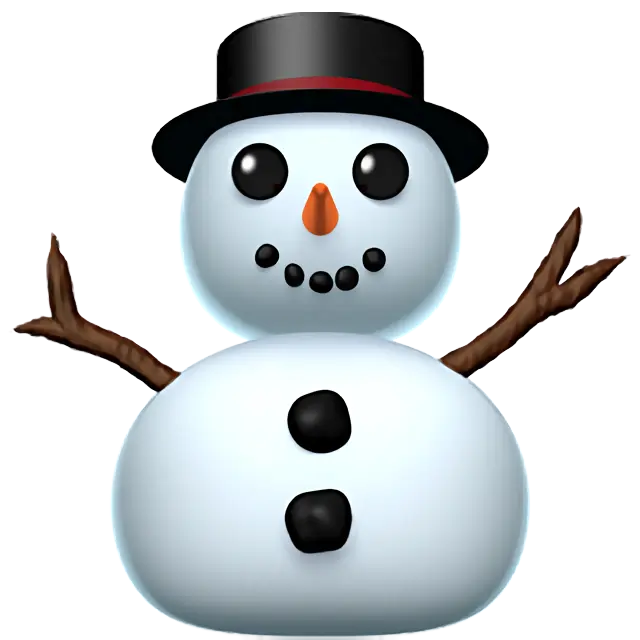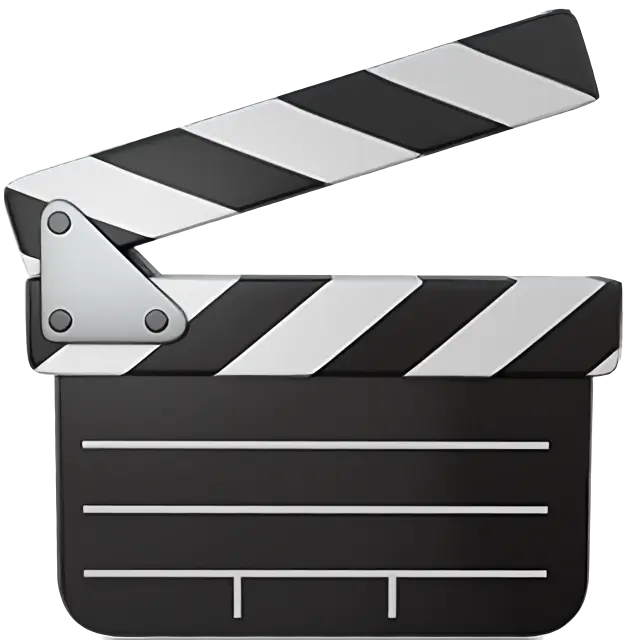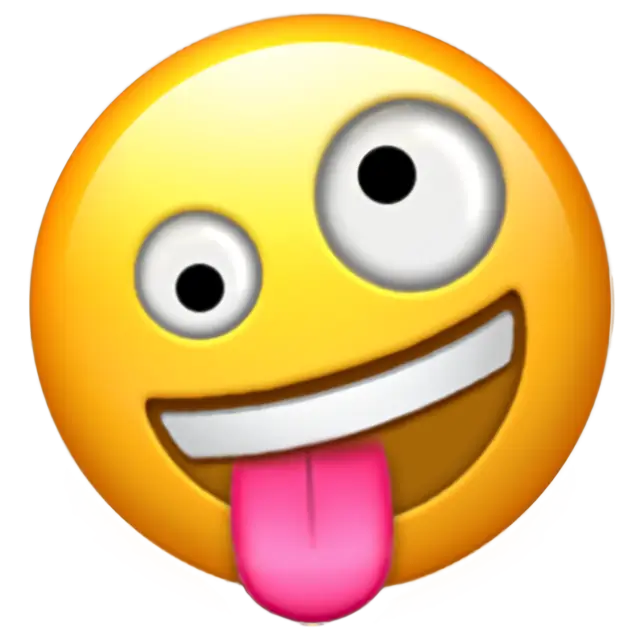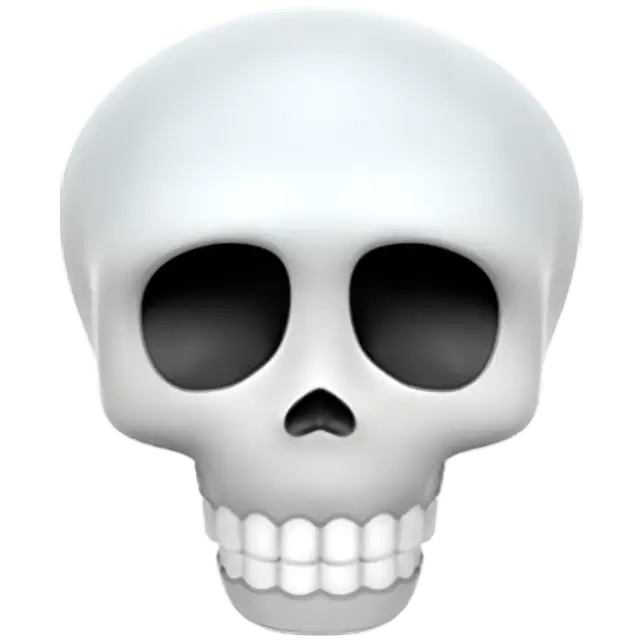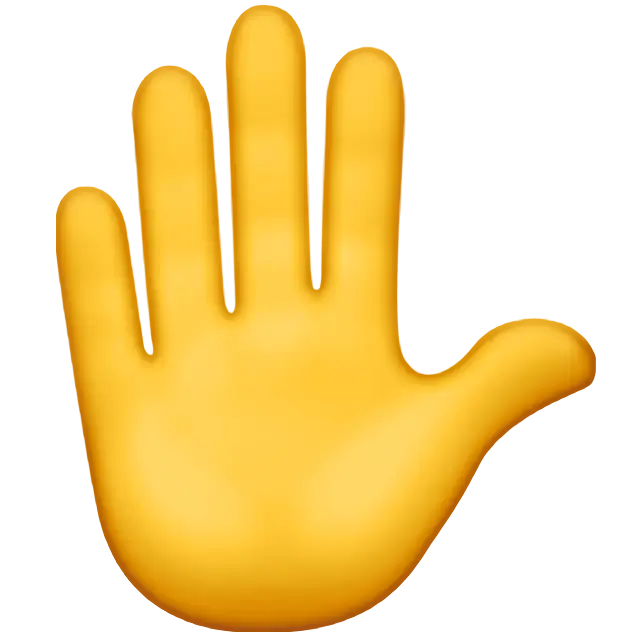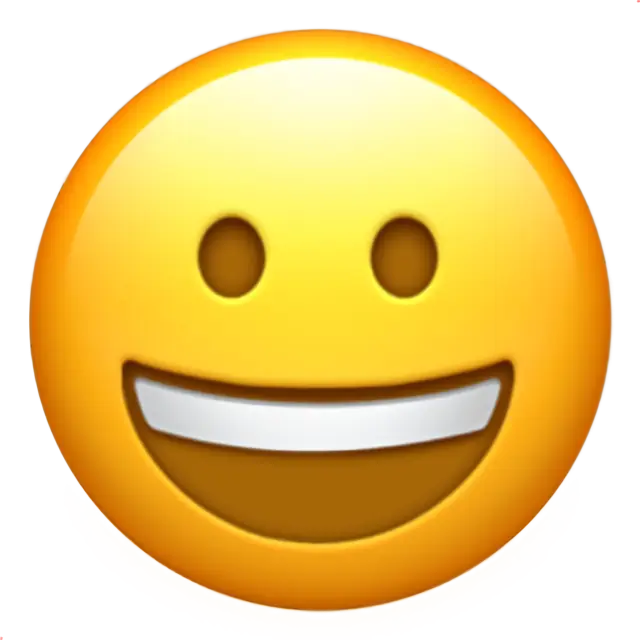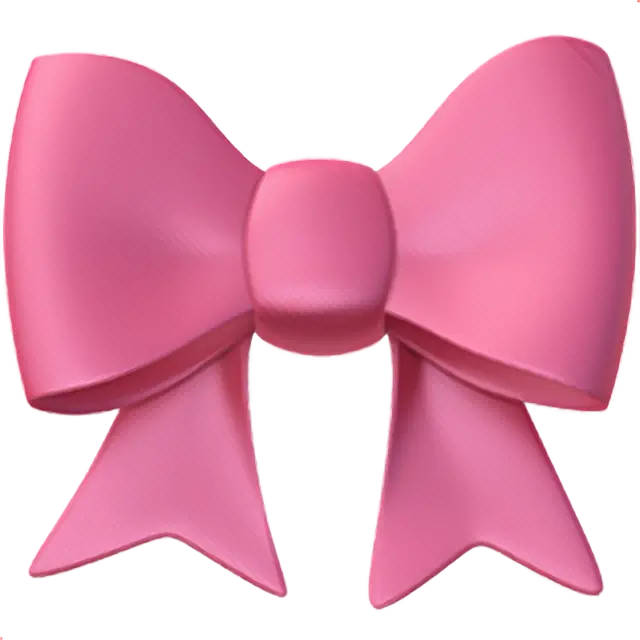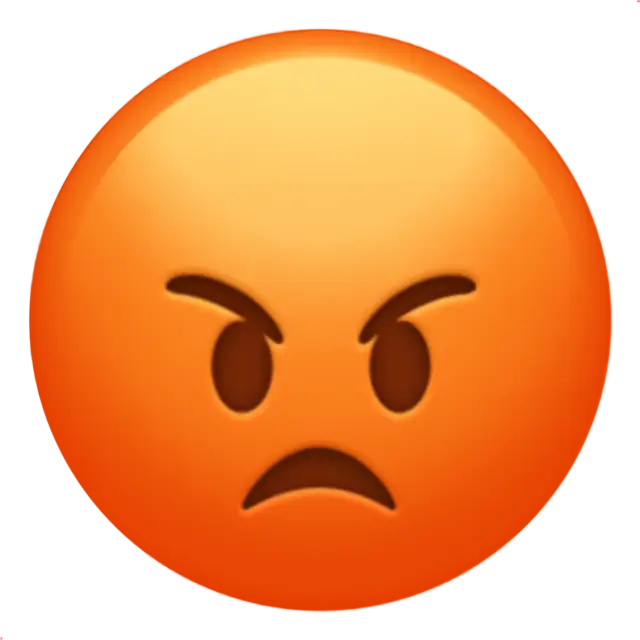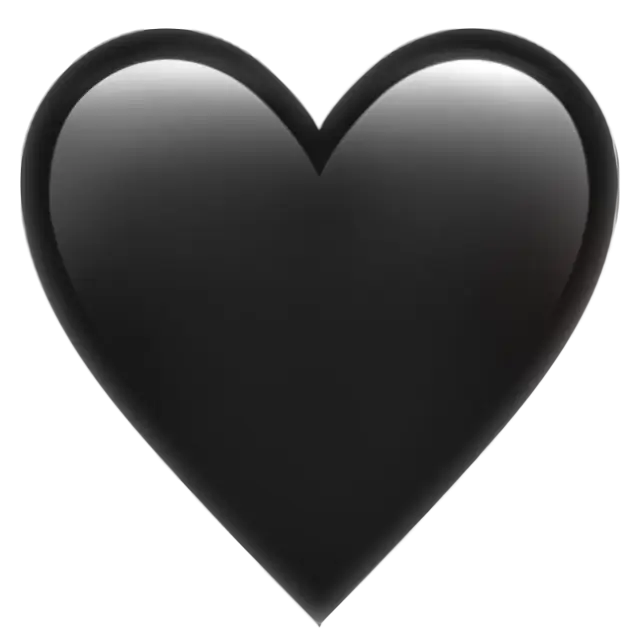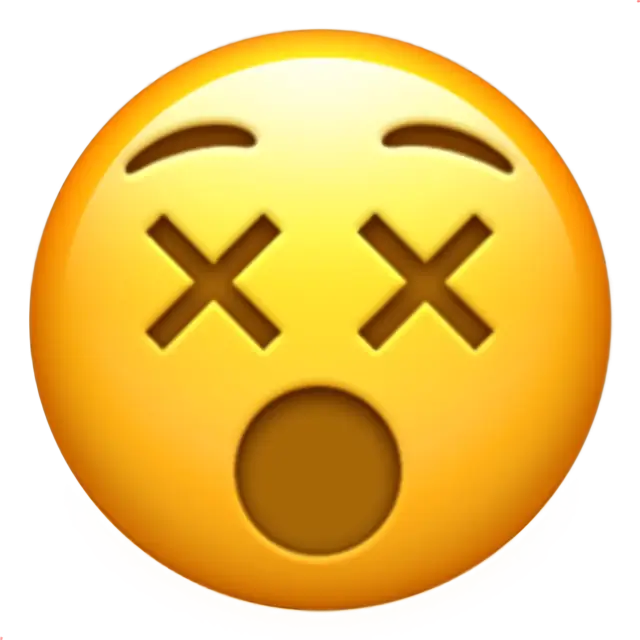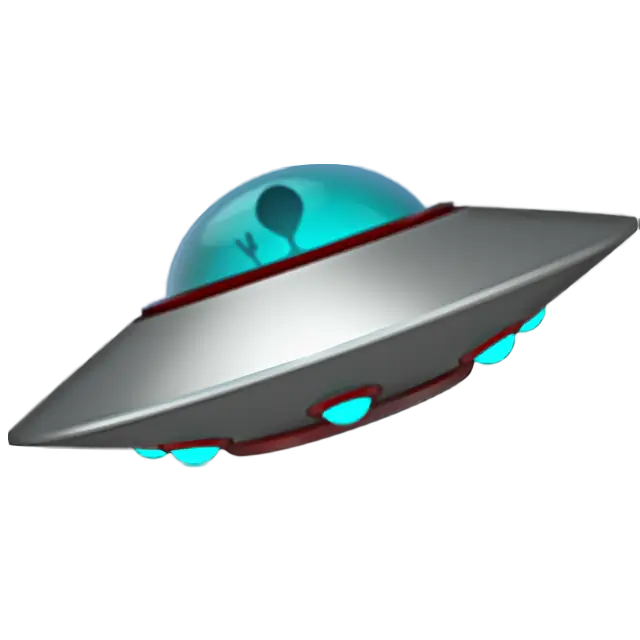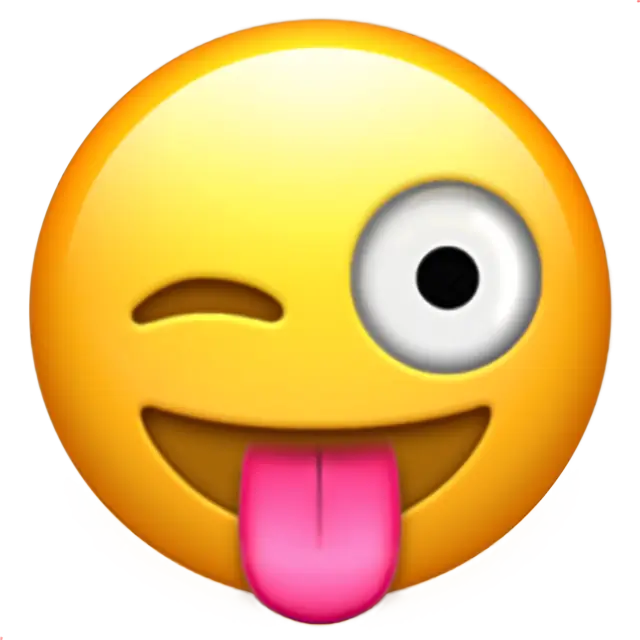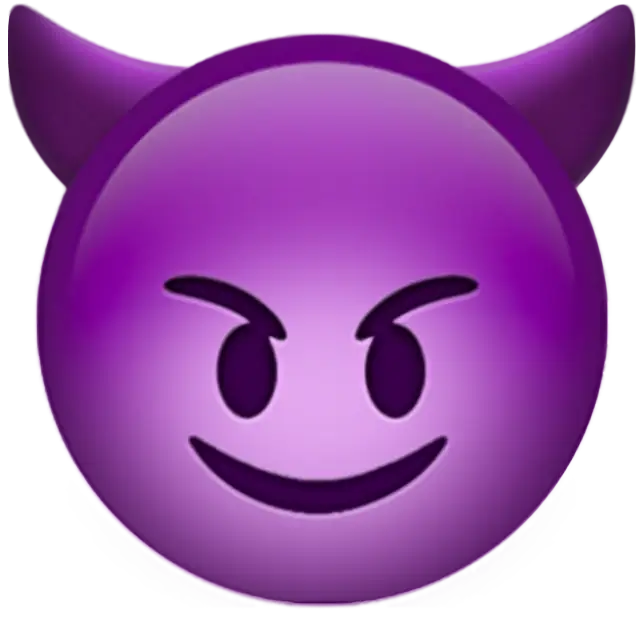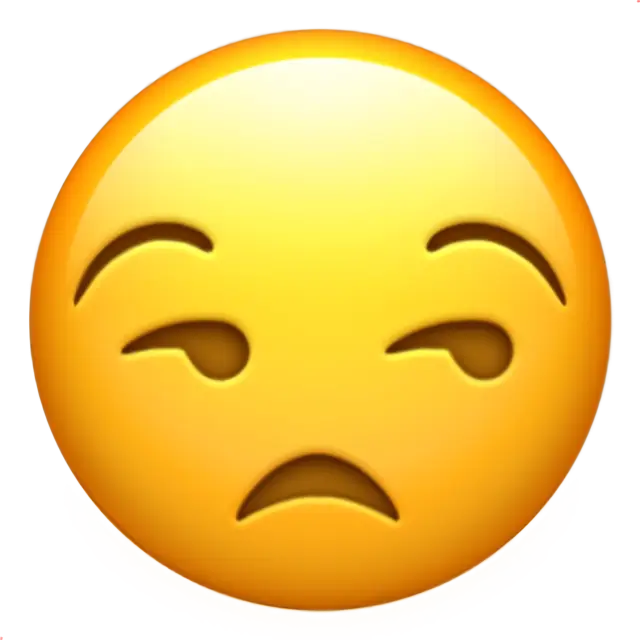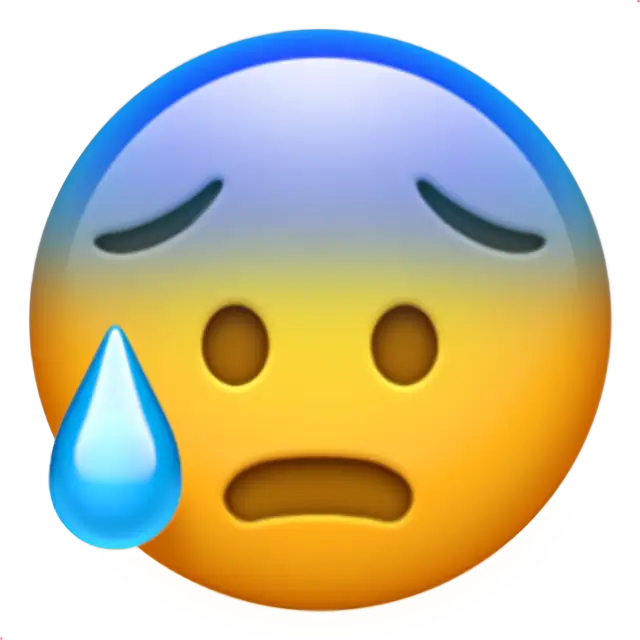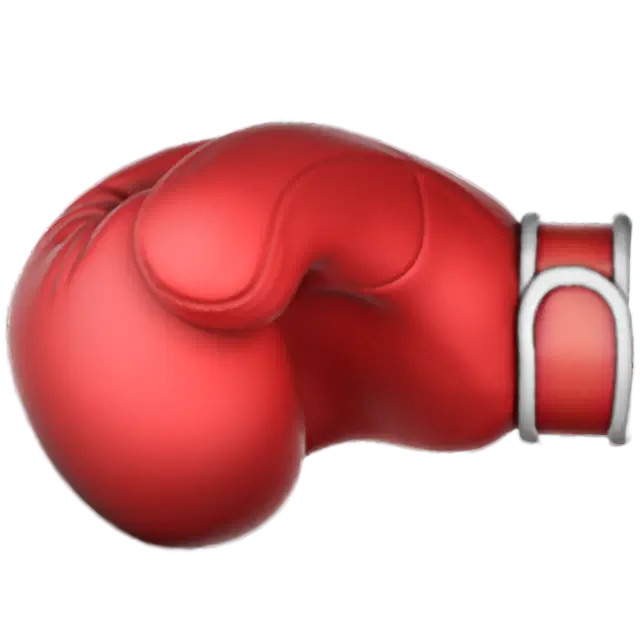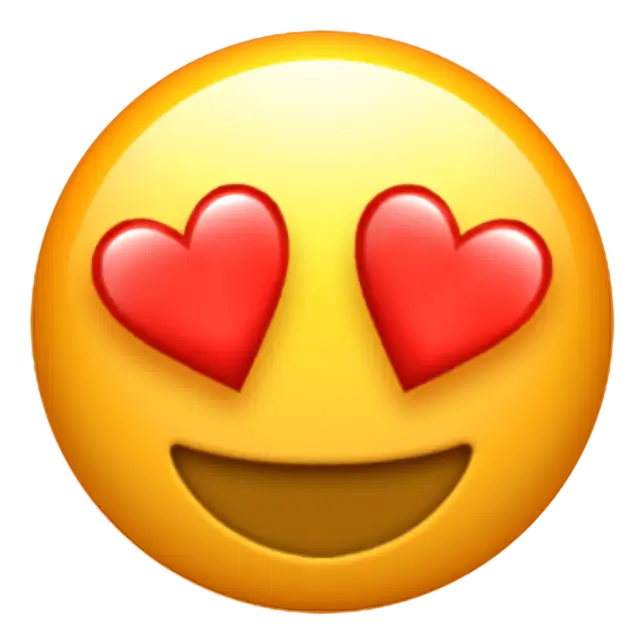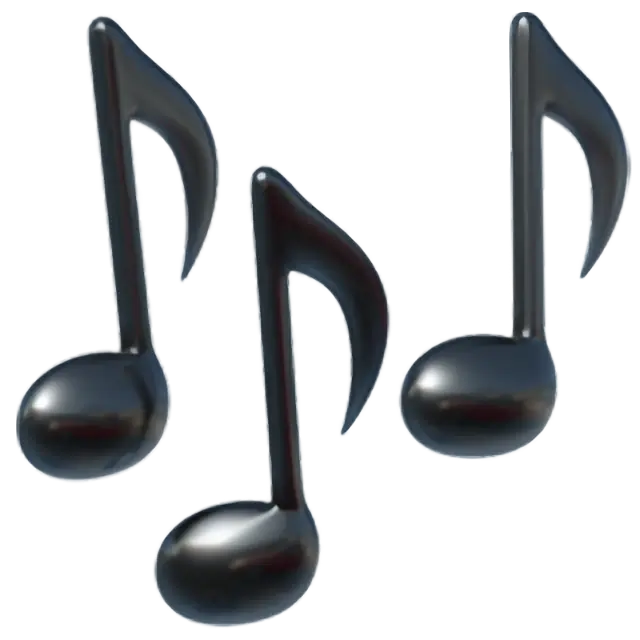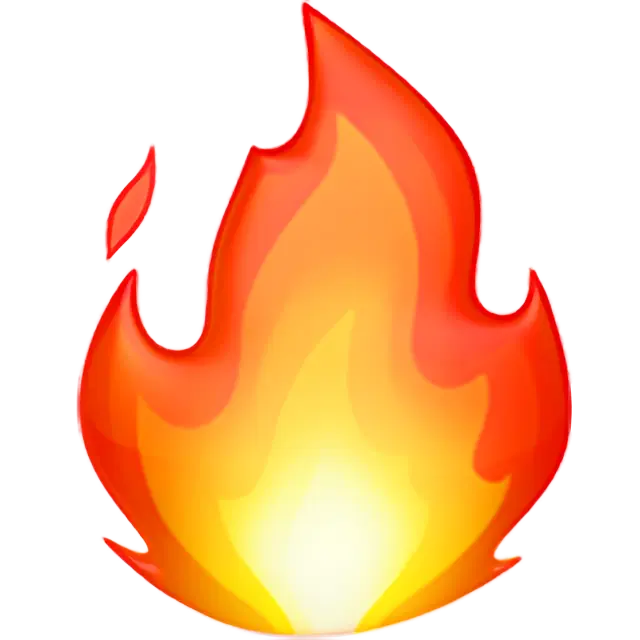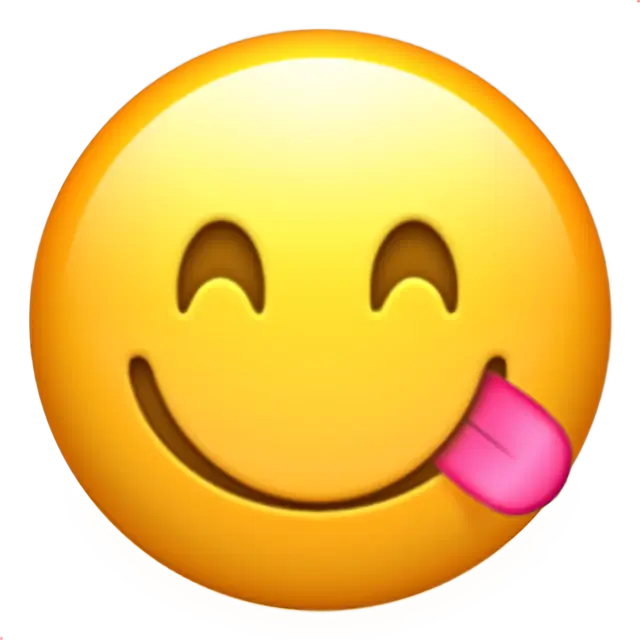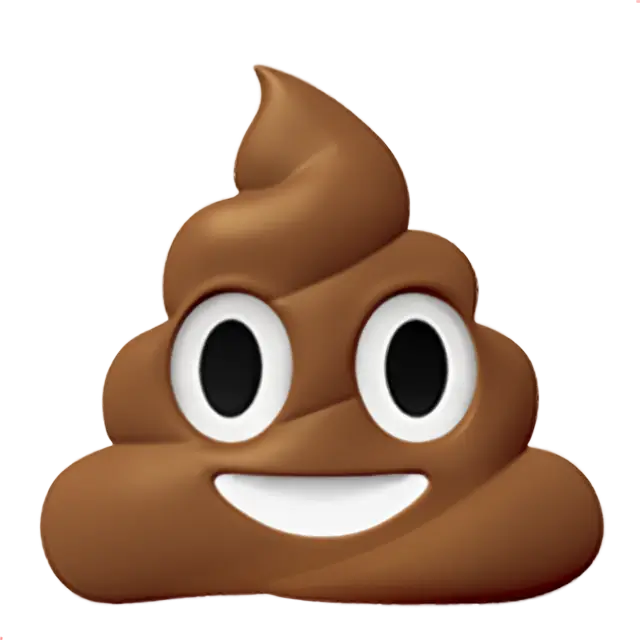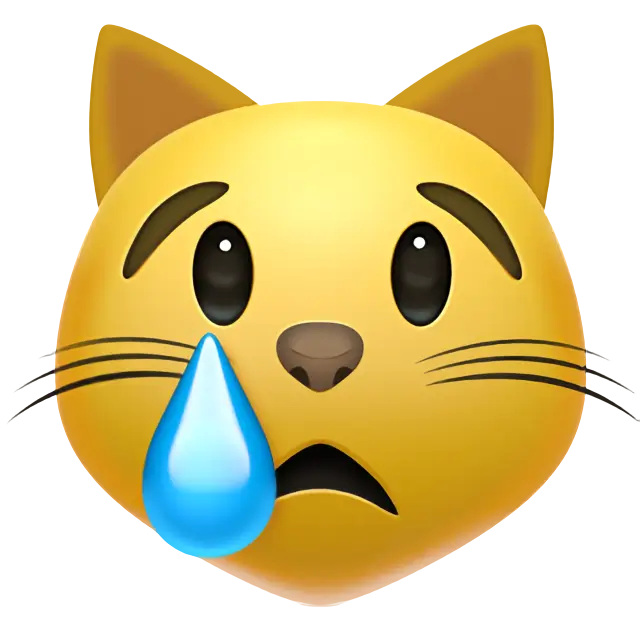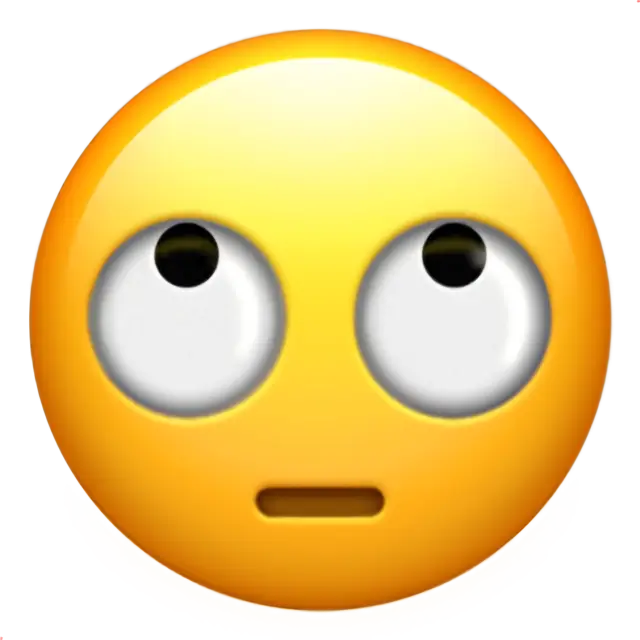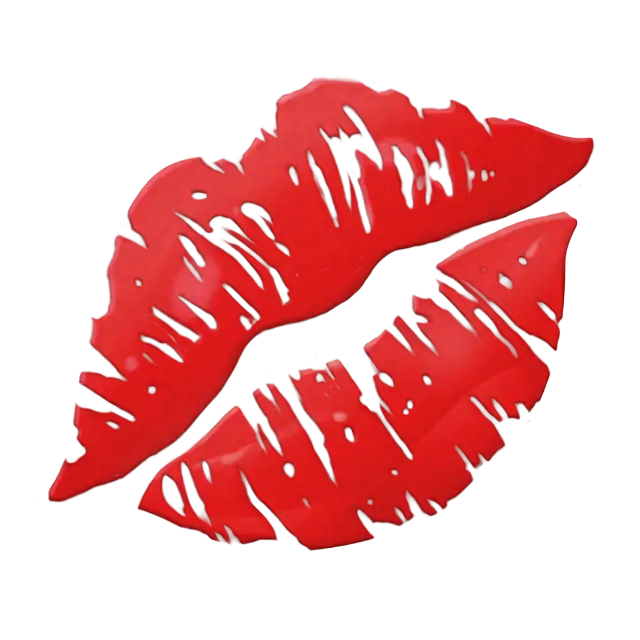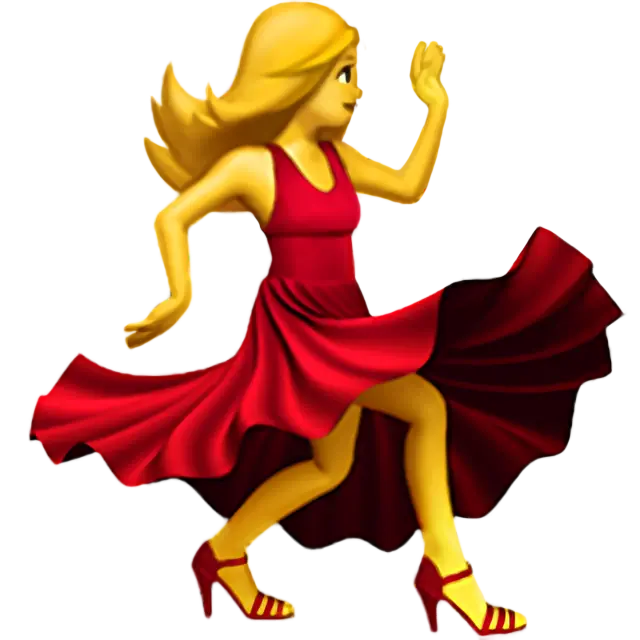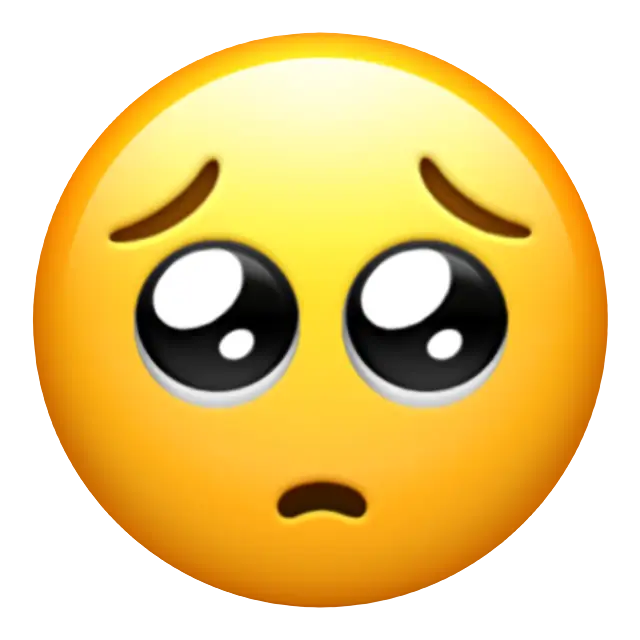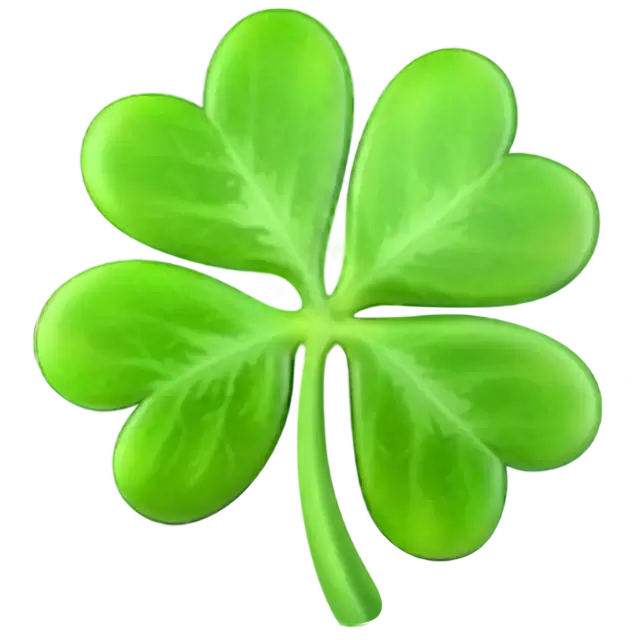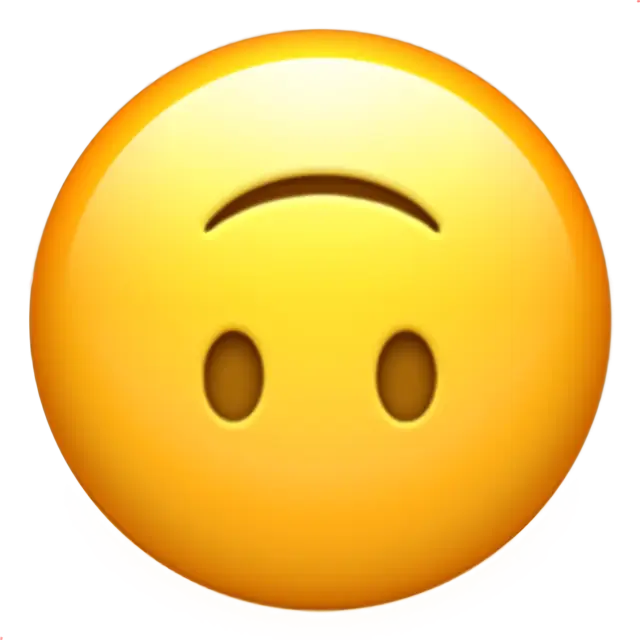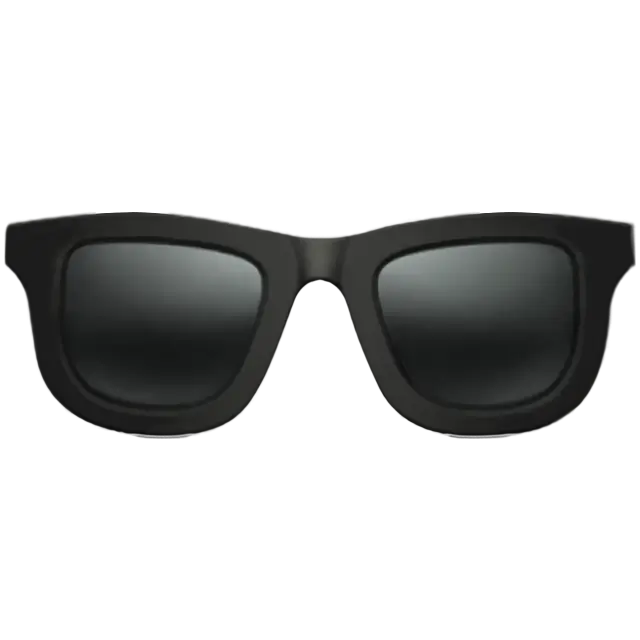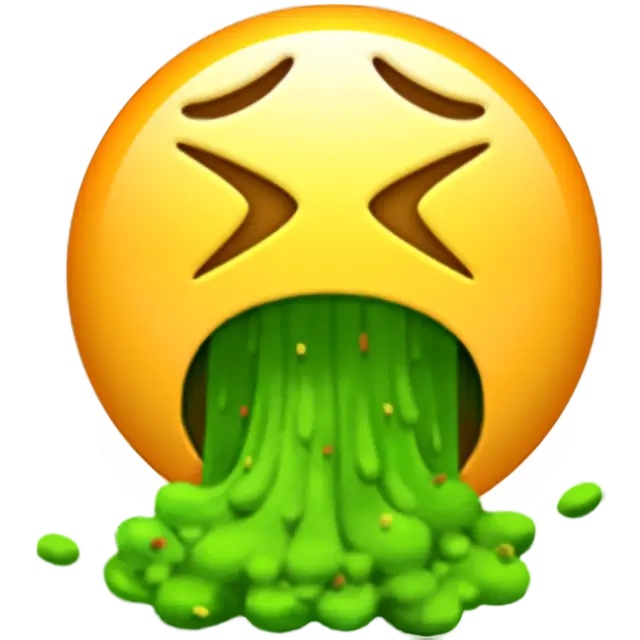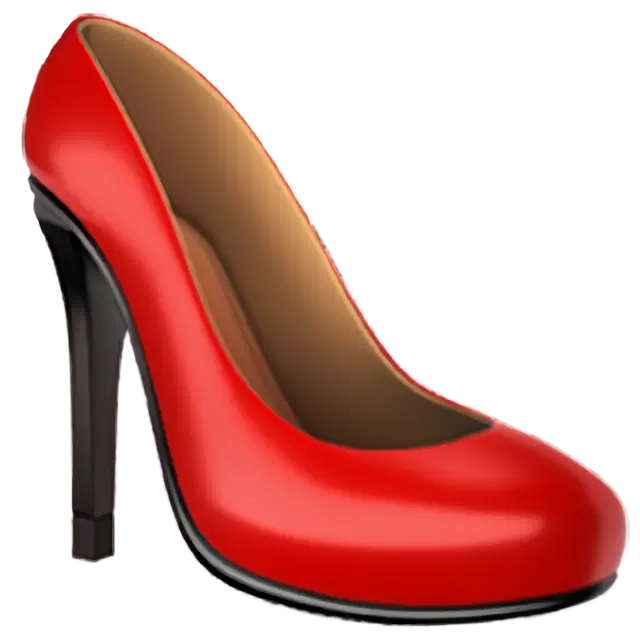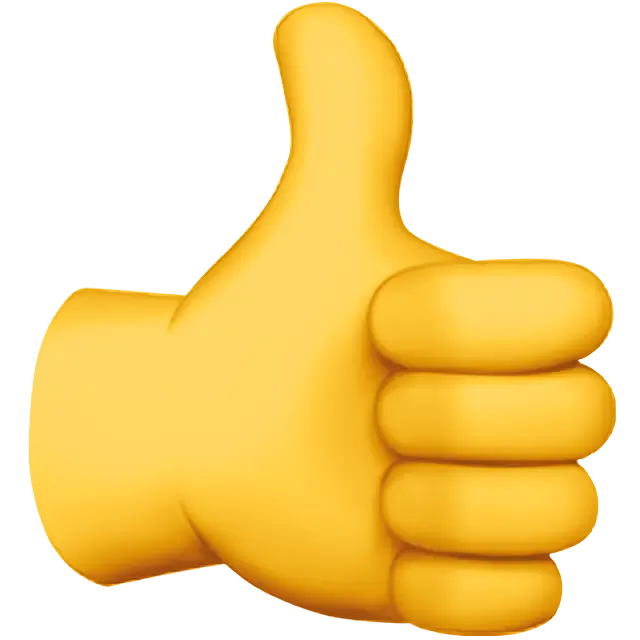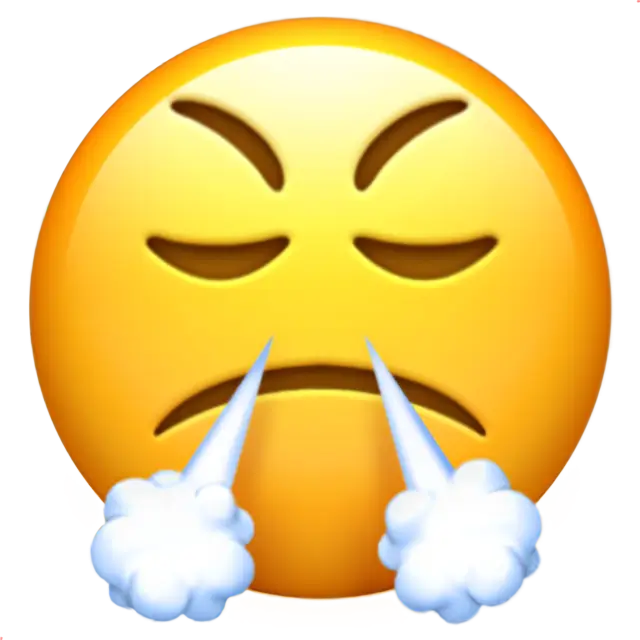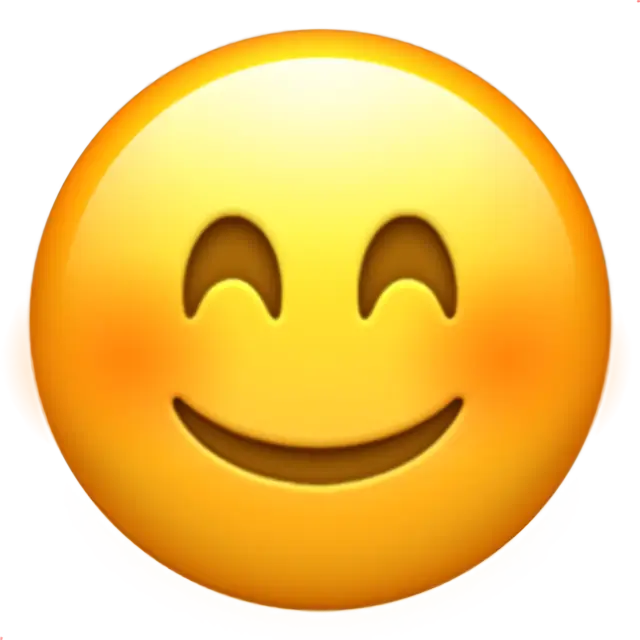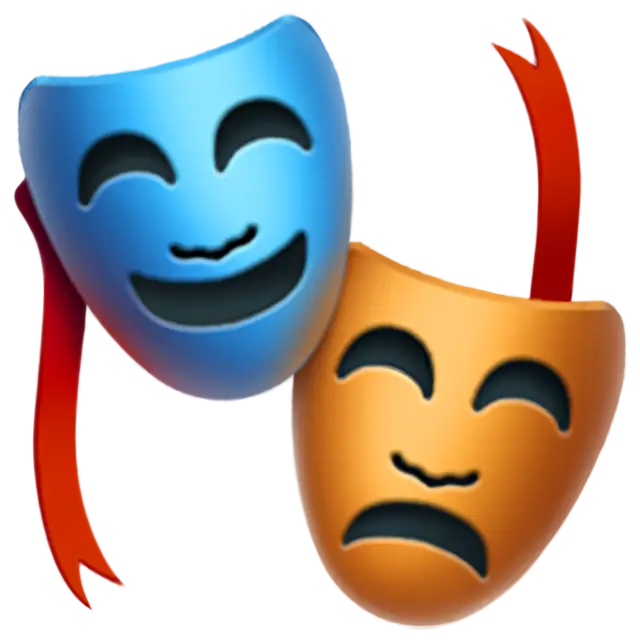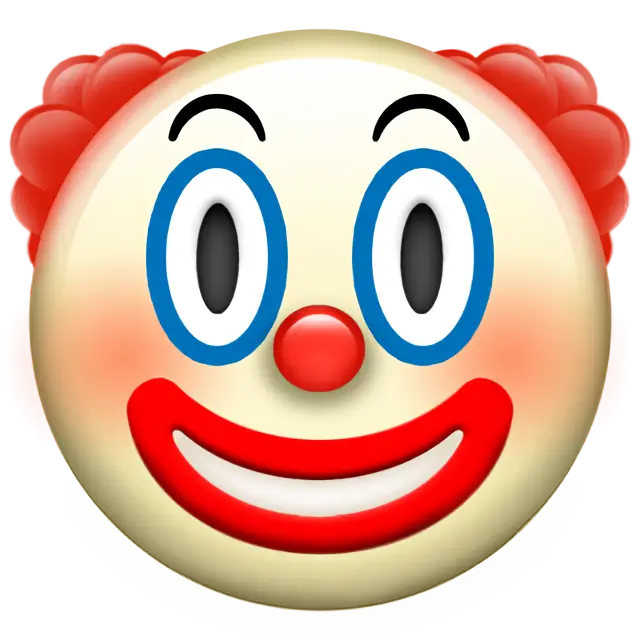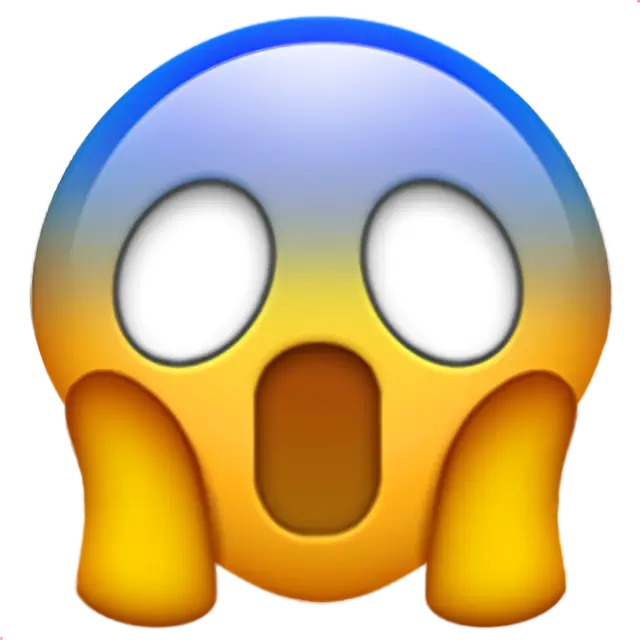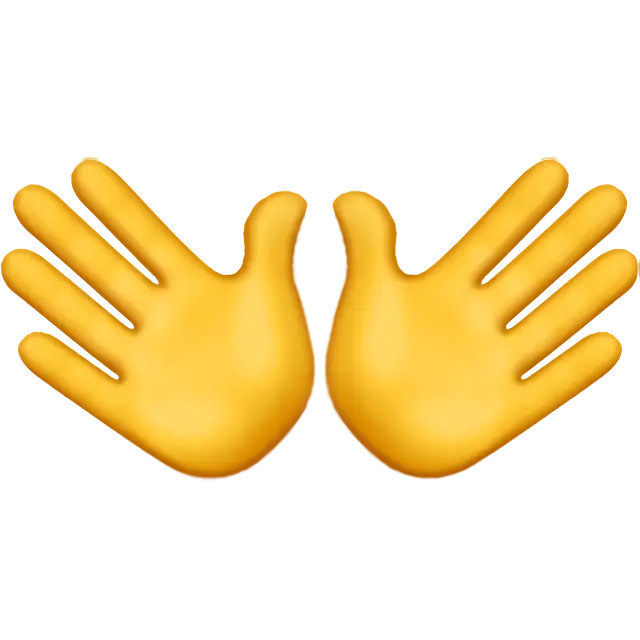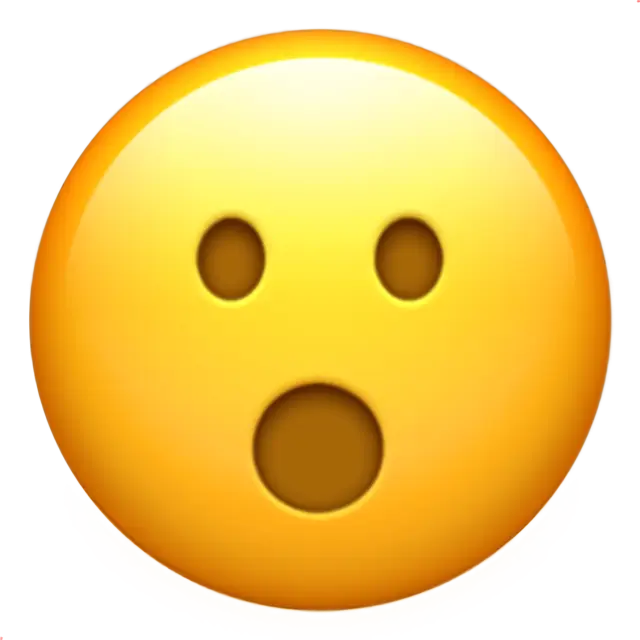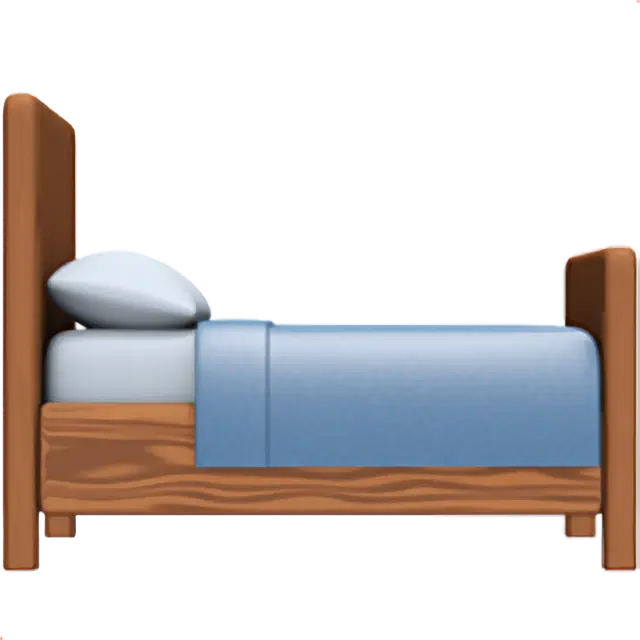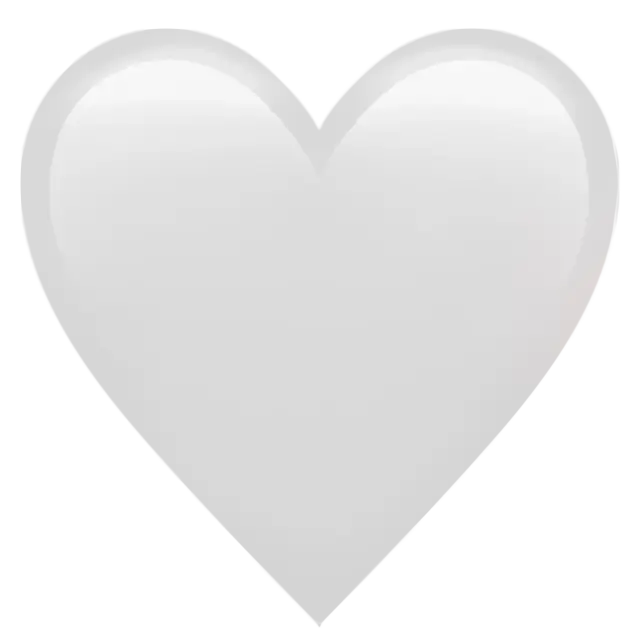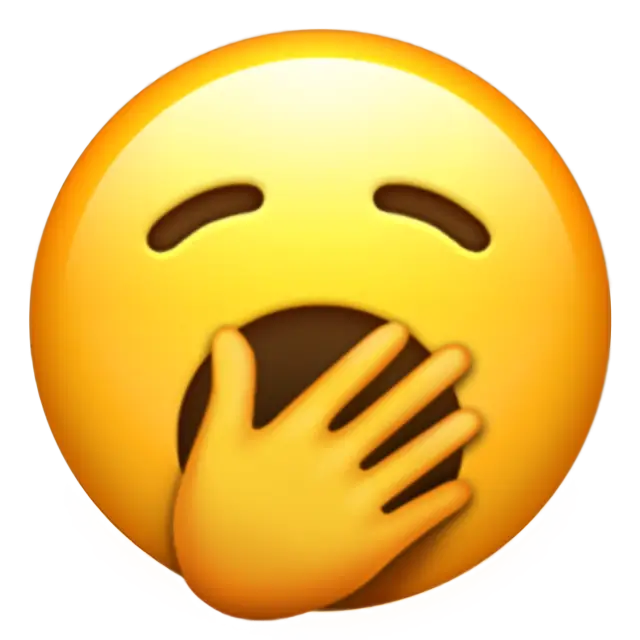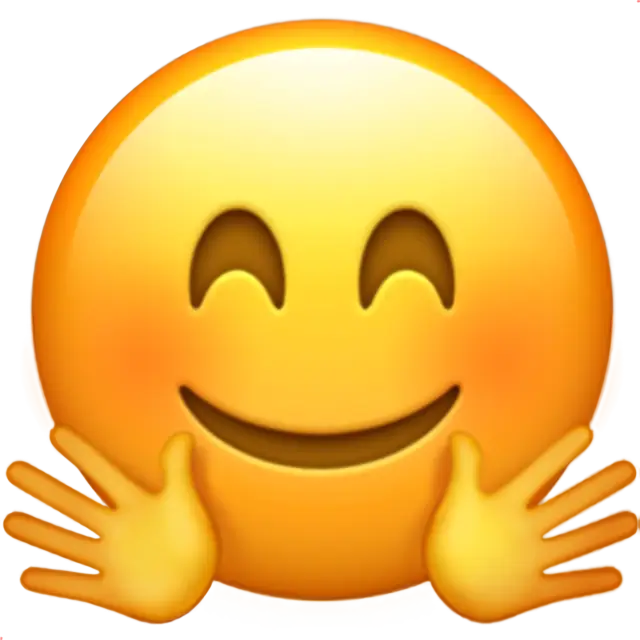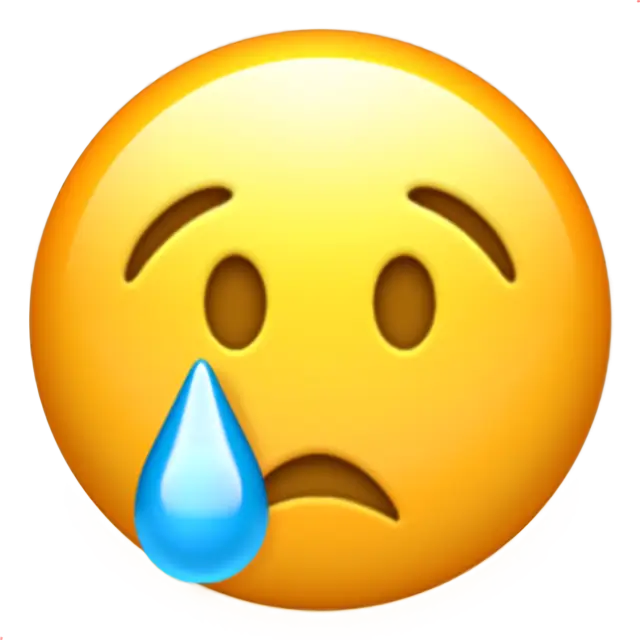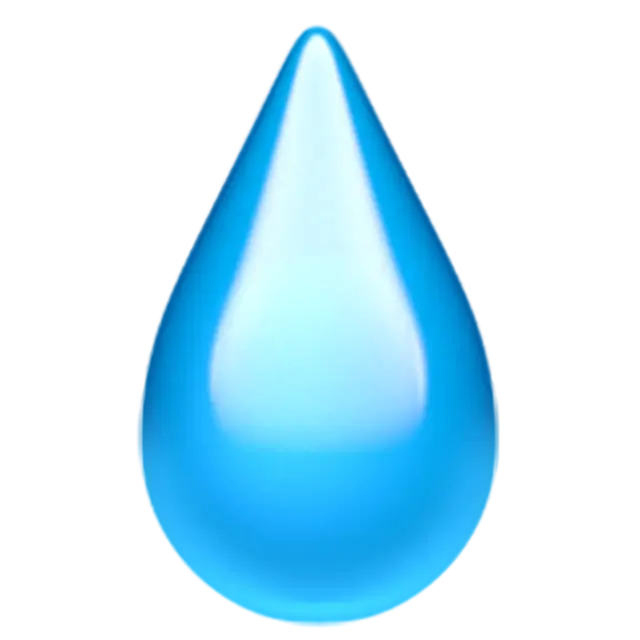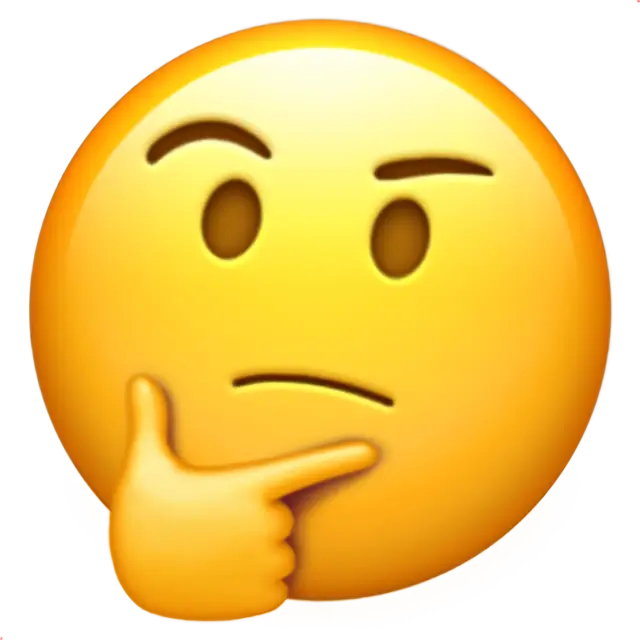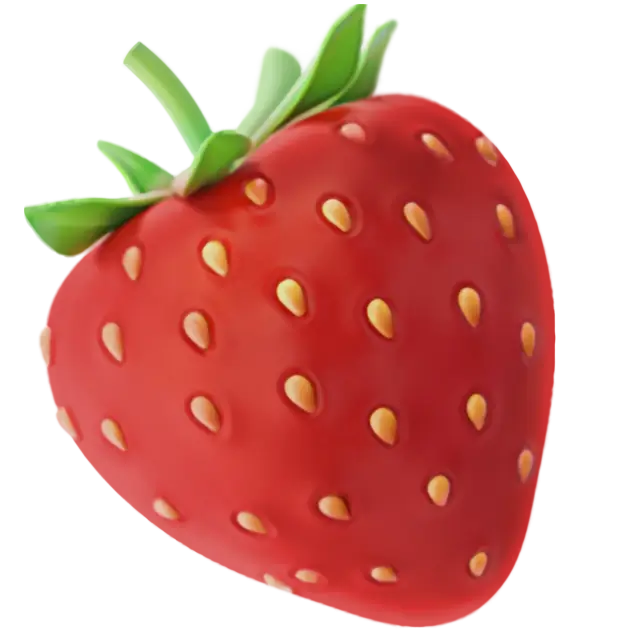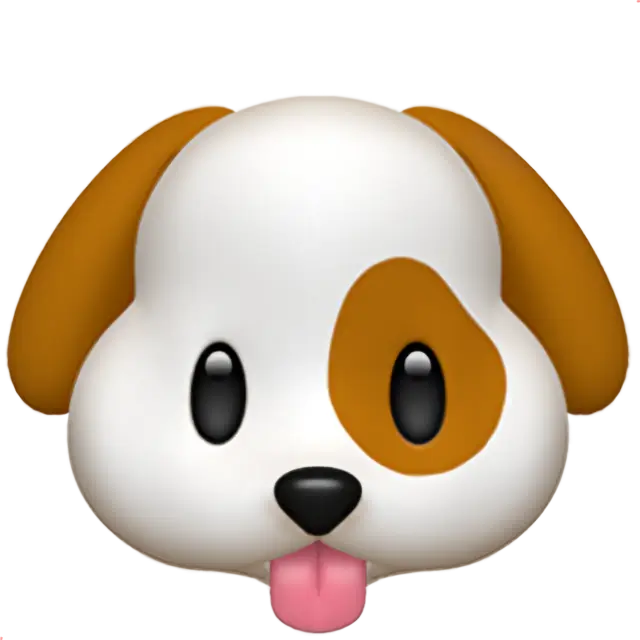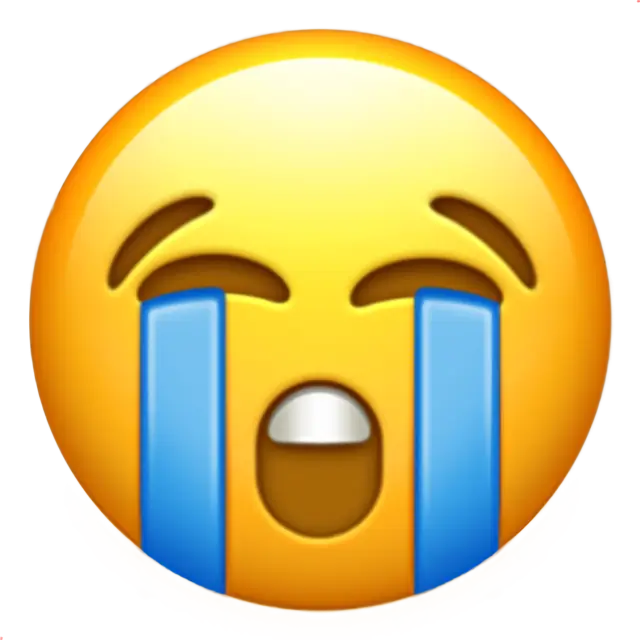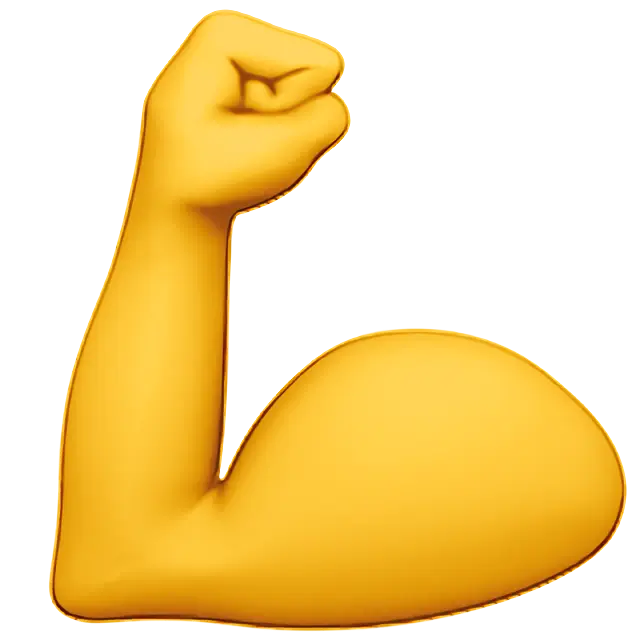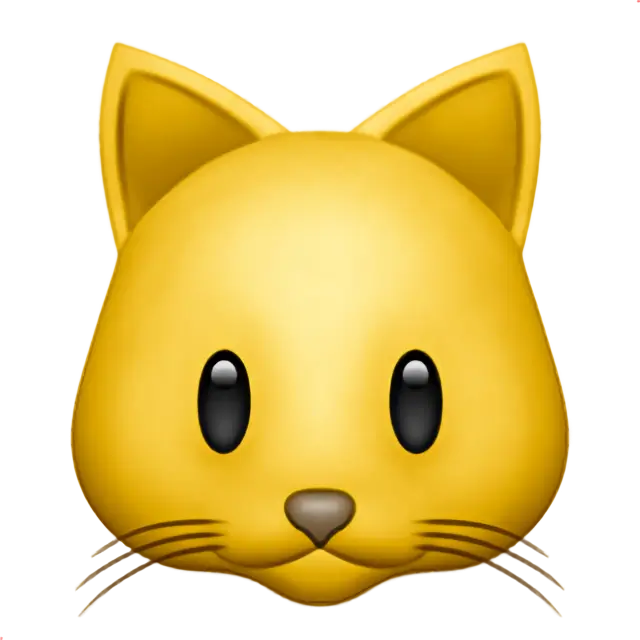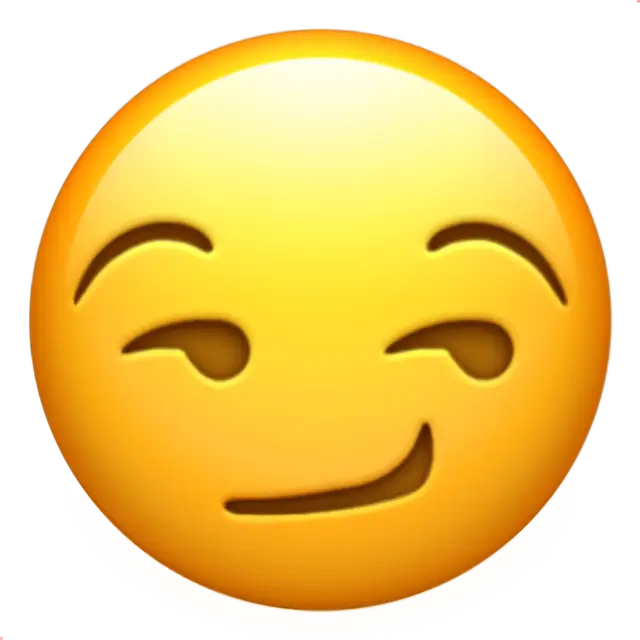Punctuation Marks and Symbols
-
“Left Double Quotation Mark
-
?Question Mark
-
·Middle Dot
-
”Right Double Quotation Mark
-
»Right-Pointing Double Angle Quotation Mark
-
؟Arabic Question Mark
-
—Em Dash
-
–En Dash
-
«Left-Pointing Double Angle Quotation Mark
-
‽Interrobang
-
!Exclamation Mark
-
’Right Single Quotation Mark
-
›Single Right-Pointing Angle Quotation Mark
-
…Horizontal Ellipsis
-
‟Double High-Reversed-9 Quotation Mark
-
،Arabic Comma
-
‘Left Single Quotation Mark
-
.Full Stop
-
‚Single Low-9 Quotation Mark
-
¡Inverted Exclamation Mark
-
¿Inverted Question Mark
-
,Comma
-
:Colon
-
„Double Low-9 Quotation Mark
-
Red Exclamation Mark

-
।Devanagari Danda
-
‐Hyphen
-
;Semicolon
-
⸘Inverted Interrobang
-
;Greek Question Mark
-
-
Double Exclamation Mark

-
‹Single Left-Pointing Angle Quotation Mark
-
\Reverse Solidus
-
․One Dot Leader
-
Exclamation Question Mark

-
⁇Double Question Mark
-
⁈Question Exclamation Mark
-
‛Single High-Reversed-9 Quotation Mark
-
۔Arabic Full Stop
-
。Ideographic Full Stop
-
‒Figure Dash
-
·Greek Ano Teleia
-
꛷Bamum Question Mark
-
⁃Hyphen Bullet
-
՞Armenian Question Mark
-
᥄Limbu Exclamation Mark
-
꘏Vai Question Mark
-
؛Arabic Semicolon
-
-Fullwidth Hyphen-Minus
-
։Armenian Full Stop
-
Ogham Space Mark
-
߹Nko Exclamation Mark
-
֊Armenian Hyphen
-
᙮Canadian Syllabics Full Stop
-
︙Presentation Form for Vertical Horizontal Ellipsis
-
࠰Samaritan Punctuation Nequdaa
-
᭟Balinese Carik Pareren
-
՝Armenian Comma
-
﹣Small Hyphen-Minus
-
⳹Coptic Old Nubian Full Stop
-
-
、Ideographic Comma
-
ຯLao Ellipsis
-
𑅃Chakma Question Mark
-
⳾Coptic Full Stop
-
࠽Samaritan Punctuation Sof Mashfaat
-
⳻Coptic Old Nubian Indirect Question Mark
-
꓾Lisu Punctuation Comma
-
፧Ethiopic Question Mark
-
܁Syriac Supralinear Full Stop
-
𐤟Phoenician Word Separator
-
⳺Coptic Old Nubian Direct Question Mark
-
꘎Vai Full Stop
-
᠃Mongolian Full Stop
-
𒑰Cuneiform Punctuation Sign Old Assyrian Word Divider
-
።Ethiopic Full Stop
-
꫱Meetei Mayek Ahang Khudam
-
܆Syriac Colon Skewed Left
-
꓿Lisu Punctuation Full Stop
-
𐏐Old Persian Word Divider
-
߸Nko Comma
-
᠈Mongolian Manchu Comma
-
꘍Vai Comma
-
᭞Balinese Carik Siki
-
፣Ethiopic Comma
-
፡Ethiopic Wordspace
-
፤Ethiopic Semicolon
-
𐎟Ugaritic Word Divider
-
᠆Mongolian Todo Soft Hyphen
-
᭝Balinese Carik Pamungkah
-
꛵Bamum Comma
-
፥Ethiopic Colon
-
꛴Bamum Colon
-
꛶Bamum Semicolon
-
꛳Bamum Full Stop
Tired of your nickname in games or social media not getting attention? Generate a unique nickname for yourself!
Punctuation Marks meanings
Punctuation marks are the symbols of written language that are used for a more accurate reproduction of spoken language to the letter. They can denote intonation, indicate the connection between words and highlight parts of the text.
The list of punctuation marks:
- . Full stop,
- , Comma: separates parts of a sentence,
- ? Question mark: the sign for interrogative intonation,
- ! Exclamation mark,
- Space: word separator,
- — Dash,
- ‐ Hyphen,
- ; Semicolon: separate parts of complex sentences,
- : Colon,
- … Ellipsis,
- Quotation marks.
Classification of punctuation marks by purpose:
- Separation of the completed meaning of fragments of the texts – sentences, paragraphs. They also reflect intonation.
- Designation of the relationship between parts of the same sentence.
- Selection of quotes.
- Designation of emotional attitude to the different parts of one sentence — words and phrases.
- Marking of missing text fragments.
- Symbols, which mean abbreviations of words.
In ancient times punctuation marks were almost never used. Then the word “punctuation” was related to the oratory. The founders of the modern system were the grammars who lived in Alexandria in the III – I centuries BC (Aristophanes of Byzantium, Dionysius Thrax, Aristarchus). At first the full stop was only used, and it was placed on top, below and in the middle of the line. A couple of centuries later a few more signs appeared and in the second century Nikanor had already eight signs. However, no specific rules were invented, each author put punctuation marks as he wanted. It lasted until the fifteenth century, when the printer Aldus Manuzio standardized punctuation. Since then the number of punctuation marks and the rules of their use have not changed dramatically.
Punctuation marks are not part of the alphabets. In consequence of the spread of European punctuation in the XX century they are in general similar to many modern world writings — Indian, Jewish, Arabic, Latin and Cyrillic.
It should be kept in mind that with time graphic representation of signs and their meaning changed. This page presents not only modern, but also historical images. In addition, some marks can be used as diacritic ones (modify or complement the letter). In this case they do not refer to punctuation marks.
Instant Copy-Paste Board — Classic Sentence Symbols
| Punctuation Sign | Symbol | Formal Name | HTML / Unicode |
|---|---|---|---|
| Period / Full stop | . | end mark | |
| Comma | , | comma symbol | |
| Colon | : | colon symbol | |
| Semicolon | ; | semicolon | |
| Question mark | ? | question mark symbol | |
| Exclamation mark | ! | exclamation point symbol | |
| Apostrophe / Single quote | ' | apostrophe symbol | |
| Double quote | " | quotation mark symbol |
Combined & Unusual Marks — “Question Mark + Exclamation Point”
- ‽ — interrobang (question mark exclamation point in one, U+203D).
-
 — exclamation question mark emoji-style (U+2049).
— exclamation question mark emoji-style (U+2049). -
 — fancy exclamation mark emoji;
— fancy exclamation mark emoji;
 — fancy question mark.
— fancy question mark. - ? ! & ! ? — Japanese vertical style pairs.
- Love point (rare “
 ‽
”) — shows affection + surprise (unofficial, fun “weird punctuation mark”).
‽
”) — shows affection + surprise (unofficial, fun “weird punctuation mark”).
“Punctuation Symbols Names” — Mini Glossary
- Period — full stop, dot.
- Comma — decimal separator in many locales.
- Ellipsis … — U+2026 (suspension points).
- Dash — - (hyphen), – (en-dash), — (em-dash).
- Prime — ′ minutes/feet; double prime ″ seconds/inches.
- Section — § , Pilcrow (paragraph) — ¶ .
- Slash — / , Backslash — \ .
Fancy, Slanted & Cursive Variants
Designers hunt “fancy exclamation mark” or “cool question mark.” Try these Unicode stylistic glyphs:
- ﹗ Small exclamation (U+FE57).
- ︖ ︕ Vertically centered variants (U+FE56/57).
-
 Outline question mark;
Outline question mark;
 outline exclamation.
outline exclamation. - ⸮ Rhetorical question mark (U+2E2E) — “sideways question mark.”
Alt-Codes & Keyboard Shortcuts
- Alt+33 → ! | Alt+63 → ?
- Alt+0133 → … (ellipsis) | Alt+0151 → — (em-dash)
- Alt+8221 (Numpad + leading 0) → ” (curly closing quote)
- Mac: Option+Shift+? = ¿ | Option+1 = ¡
End-Mark Etiquette & “Friendly Period Punctuation”
- A period symbol ends declarative sentences.
- Question mark symbol ends interrogatives.
- Exclamation mark symbol conveys emphasis or surprise.
Combine wisely: “Wait‽” expresses shock and a question simultaneously.
This toolkit covers punctuation signs and symbols — from plain . , , , ? , ! to unusual marks like ‽ or ⸮ . Copy-paste any character, learn each name of this symbol in math & grammar, and spice up text with inventive punctuation!
How to copy & paste Punctuation Marks
Hover your mouse cursor over the emoticon or character you like, or tap on it from your phone and press “Copy”.
- Don't talk back to me❗
- I made it to the semifinals ‼️
- You expect me to clean up the mess he made⁉️

